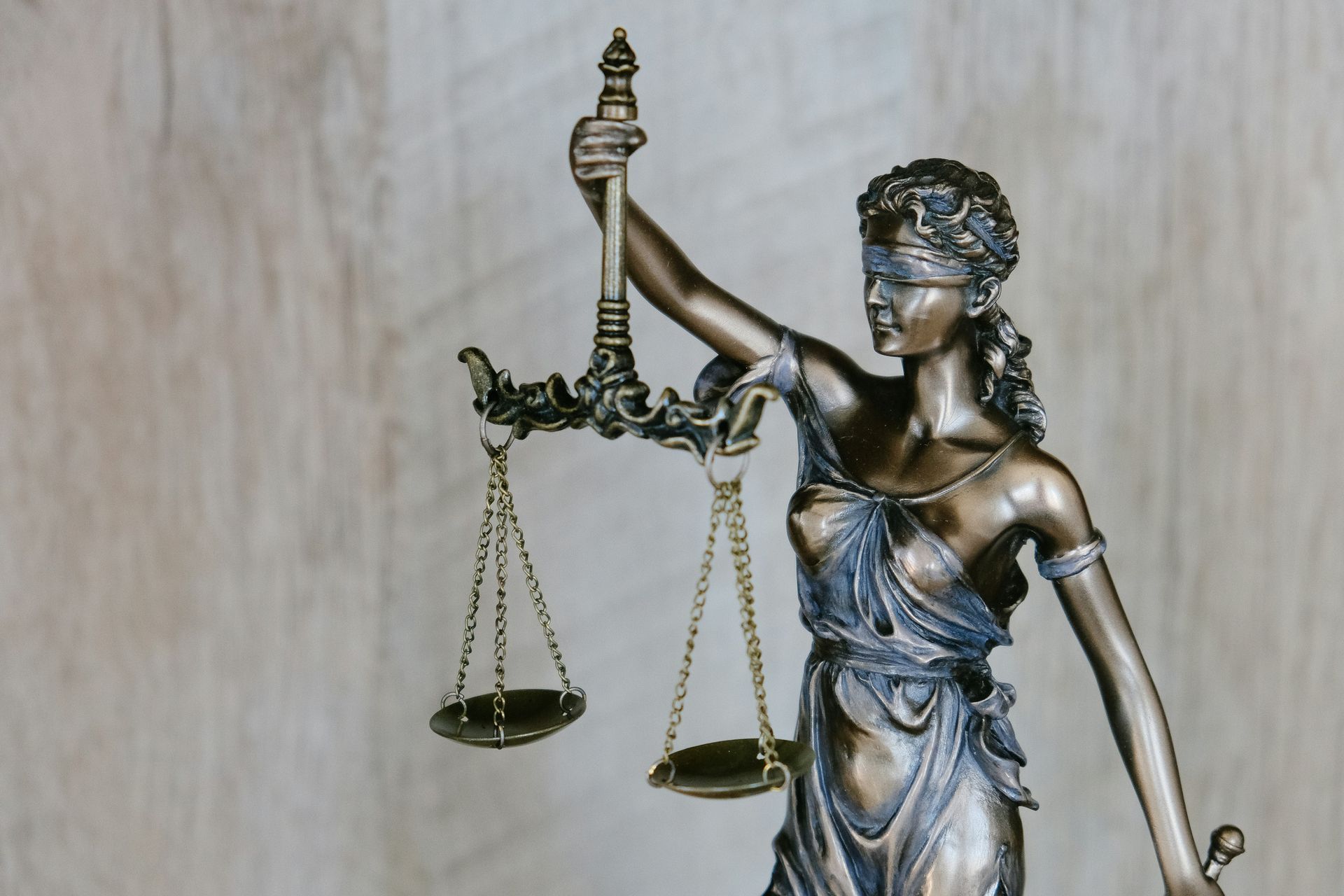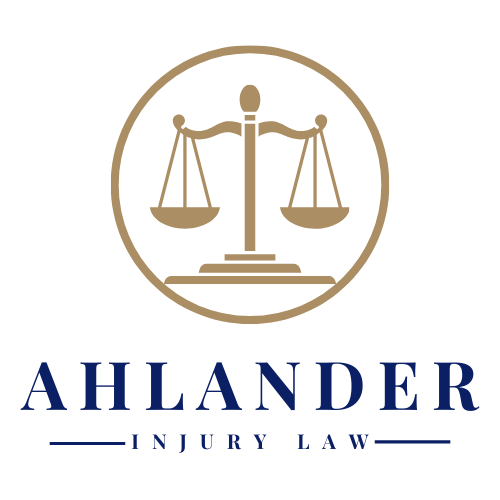Call Now (702) 996-7400
Understanding Comparative Negligence in Nevada's Personal Injury Law
Comparative negligence is a critical concept in personal injury law, aiming to fairly allocate fault among parties involved in an accident. In Nevada, this system ensures that individuals receive compensation proportionate to their level of responsibility in an incident. Nevada's legal framework adopts a modified comparative negligence system, which includes the 50% rule. This rule stipulates that an injured party can only recover damages if they are 50% or less at fault for the accident. This approach balances accountability and compensation, allowing victims to receive fair settlements while discouraging negligence.
The evolution of comparative negligence in Nevada reflects broader changes in the legal landscape. Historically, the state followed a contributory negligence model, which barred any recovery if the injured party was even slightly at fault. Over time, this was deemed too harsh, leading to the adoption of the more equitable comparative negligence system. This shift aligns with a national trend towards more nuanced fault allocation in personal injury cases. For more in-depth information on comparative negligence, consider visiting [Cornell Law School's Legal Information Institute](https://www.law.cornell.edu/).
Shared Fault and Its Impact on Compensation
Determining shared fault in personal injury cases involves assessing each party's actions leading to the incident. Courts and insurance companies examine evidence such as eyewitness accounts, accident reports, and expert testimony to assign a fault percentage to each party involved. This percentage directly impacts the compensation an injured party can receive. For example, if a plaintiff is found 30% at fault in an accident resulting in $100,000 in damages, they would be eligible to recover $70,000.
Being found partially at fault can significantly affect the overall compensation, as the reduction is directly proportional to the assigned fault percentage. Insurance companies often leverage comparative negligence to negotiate settlements, potentially arguing for a higher fault percentage to minimize payout obligations. Understanding these dynamics is crucial for victims seeking fair compensation.
Comparative Negligence in Action: Real-World Examples
Nevada courts have seen various personal injury cases where comparative negligence was a pivotal factor. For instance, in a notable case involving a multi-car accident in Las Vegas, the court meticulously examined each driver's actions to determine fault percentages. The plaintiff, initially seeking full compensation, was found to be 20% at fault due to minor speeding. Consequently, their compensation was adjusted accordingly, illustrating how fault determination impacts outcomes.
These cases underscore the importance of thorough evidence collection and legal representation. In another case involving a slip and fall incident at a Henderson retail store, the court considered the plaintiff's footwear and the store's maintenance records. The plaintiff was deemed 10% at fault for not wearing appropriate shoes, affecting their compensation. Such examples highlight the nuanced nature of fault allocation and the importance of legal expertise in navigating these complexities.
Comparison with Other States' Negligence Laws
Nevada's modified comparative negligence law stands in contrast to other states' systems, such as pure comparative negligence and contributory negligence. In states with pure comparative negligence, a plaintiff can recover damages regardless of their fault level, even if it exceeds 50%. Conversely, contributory negligence states bar recovery if the plaintiff is even 1% at fault. Nevada's approach offers a middle ground, promoting fairness and accountability.
The pros of Nevada's system include a more balanced fault assessment, encouraging responsible behavior while still allowing victims to seek compensation. However, critics argue that it may still limit recovery for some victims compared to pure comparative systems. For a comprehensive comparison of state negligence laws, visit [Nolo's legal encyclopedia](https://www.nolo.com/legal-encyclopedia/state-negligence-laws.html).
Tips for Victims to Minimize Their Share of Fault
Personal injury victims can take several steps to minimize their fault percentage and strengthen their cases. Gathering robust evidence is crucial; photographs of the accident scene, witness statements, and police reports can provide valuable support. Ensuring timely medical documentation also helps establish the extent of injuries.
Legal representation plays a vital role in effectively presenting a victim's case. Experienced attorneys can skillfully argue against inflated fault claims and negotiate better settlements. When communicating with insurance companies, maintaining consistency in statements and promptly addressing inquiries can prevent misunderstandings that might increase perceived fault.
By following these strategies, victims can enhance their chances of receiving fair compensation while navigating Nevada's comparative negligence system. Understanding the intricacies of this legal framework is essential for those seeking justice in personal injury cases.


Disclaimer
The information you obtain from this website is not, nor is it intended to be, legal advice. You should always consult an attorney for advice regarding your individual situation. We invite you to contact us for a free consultation to learn more about your rights.
Contacting us does not create an attorney-client relationship. Please do not send any confidential information to us until such time as an attorney-client relationship has been established.
Once an attorney-client relationship has been established, a secure mode of communication will be discussed for transmitting any confidential information.
Proud Member Of
State Bar of Nevada
Nevada Justice Association
Contact Us
Ahlander Injury Law
9183 W Flamingo Rd, #110
Las Vegas, NV 89147
Phone: (702) 996-7400
Fax:
(702) 202-3985


